OK, after a diversion into hunter-gatherer lipid profiles I’m back on the original goal of this series: trying to understand why serum cholesterol is protective against infections — and considering whether or under what circumstances that knowledge should affect how we eat.
In part I (Blood Lipids and Infectious Disease, Part I, Jun 21, 2011), we learned that mortality from infectious disease is essentially zero as long as serum cholesterol remains in the physiologically normal range of 200 to 240 mg/dl, and rises precipitously as serum cholesterol falls below 180 mg/dl.
Why is that? In a previous post we found that HDL has important immune functions (HDL and Immunity, April 12, 2011). Today, we’ll look at the immune functions of lipoproteins more generally.
The Logic of Evolution and the Multiple Functions of Lipoproteins
In understanding why these particles have immune functions, it may be helpful to understand the thrust of evolution.
By the time of the Cambrian explosion 530 million years ago, organisms had similar numbers of genes to organisms today, and most of these genes must have been similar in sequence to their modern descendants. We know this because their descendant genes in nearly all modern species are “homologous” and share nucleotide sequences.
So for the last 500 million years, evolution has not been adding genes or even changing genes dramatically. It’s been tweaking a fairly stable genome. And the direction of the tweaking has been toward making the genes interact in a wider and more complex number of ways with the other genes.
The effect is to give every molecule in the body a diversity of functions. Possibly serum lipoprotein particles started out merely as transporters. But they developed new functions. The most important additional functions were roles in immunity.
Because these particles circulate in the blood, and pathogens have to transit the blood in order to cause tissue infections, blood is the natural location for the strongest defenses against pathogens. For hundreds of millions of years, every blood component will have been under selective pressure to develop immune functions.
It’s commonly said that the primary function of LDL and HDL is lipid transport. But this is too narrow a view. Since pathogens are the primary cause of disease, it may be the immune functions of LDL and HDL which account for their significance as biomarkers of health and disease.
The Immune Functions of Lipoproteins
Most of the following discussion will draw from a recent review, “Plasma lipoproteins are important components of the immune system” [1]. References from this paper will be listed in parentheses, eg (1).
Lipoproteins have been shown to:
- Prevent bacterial, viral, and parasitic infections.
- Detoxify pathogen “die-off” toxins and protect against pathogen toxin-induced tissue damage.
- Present pathogen “die-off” toxins to the immune system to trigger antibody formation.
Detoxification and Toxin Defense
When a pathogen dies, it typically fragments and releases compounds which are toxic to humans. Such “die-off” toxins include lipopolysaccharides (LPS) and lipooligosaccharides (LOS) from Gram-negative bacteria, lipoteichoic acid (LTA) from Gram-positive bacteria, fungal cell wall components, and so on.
During infection, the number of such circulating toxins can be vastly larger than the number of pathogens. Such toxins can do a great deal of harm, and often account for most of the ill effects of disease. Medical researchers studying the often-fatal condition of sepsis commonly induce nearly all the characteristics of sepsis in animals merely by injecting LPS.
VLDL, LDL, lipoprotein(a) and HDL can all detoxify LPS and LTA; HDL is the most potent (2, 4, 5). Injecting reconstituted HDL (rHDL) into humans relieves endotoxemia (6) and LPS-induced inflammation in cirrhosis patients (7). Both LDL and HDL detoxify E. coli LPS (35).
LDL binds and inactivates some toxins, including Staphylococcus aureus ?-toxin (8), Yersinia pestis topH6-Ag (30). (Methicillin-resistant S. aureus, or MRSA, is an increasing cause of death in hospitals, and last year claimed my next-door neighbor. See The FDA Is On The Side of the Microbes, Aug 11, 2010).
LDL probably works against many other toxins too, since rats with low LDL have higher mortality when infected, but the mortality can be lessened with injections of human LDL (9). Injections of LDL prevent lethality in Vibrio vulnificus infections of mice (34).
In mice with the LDL receptor knocked out, LDL concentrations in blood are higher and there is enhanced immunity to Klebsiella pneumoniae (27) and Salmonella typhimurium (29). If the gene for apoE, a protein found in IDL which upregulates VLDL levels, is knocked out, mice become more susceptible to infection, so it appears that apoE also has immune functions (28). Mice lacking apoE are susceptible to Listeria monocytogenes (32) and Mycobacterium tuberculosis (33).
Lipoproteins may be even more important against viruses. HDL has a broad antiviral activity (18-20), and can prevent many virus species including influenza and hepatitis C from entering cells. VLDL and LDL have specific activity against certain types of virus including togaviruses and rhabdoviruses (3). Trypanosoma brucei, the parasite that causes sleeping sickness, does not always cause disease in humans because a subspecies can be destroyed by a subfraction of HDL particles which include haptoglobin-related protein and apolipoprotein L-I (10).
The role of oxLDL
Evolution has a way of turning lemons into lemonade, and fragile molecules into sensors. In the book we discuss how the body uses fragile polyunsaturated fats as signaling molecules, exploiting their proclivity to oxidize. Something similar happens with LDL.
LDL particles are fragile and easily oxidized. The body uses them as a sensor of infections, and as signaling molecules that control the response to infections.
For instance, LPS (an endotoxin) induces neutrophils to adhere to endothelial cells, promoting vascular inflammation. LPS also oxidizes LDL, creating a compound called oxPAPC which inhibits neutrophil adhesion to endothelial cells, thereby limiting the inflammatory response (12). Minimally oxidized LDL detoxifies LPS (13).
OxLDL is taken in not by the LDL receptor, but by receptors on immune cells called macrophages. When macrophages take up oxLDL they upregulate their scavenger receptors (classes A and E) by which they phagocytose (eat) bacteria and clear endotoxins (39). It has been shown that infection causes an increase in oxidation of LDL and that the resulting oxLDL promotes phagocytosis by macrophages of the specific pathogens which oxidized the LDL (42).
This may explain why atherosclerotic lesions contain large amounts of bacterial and viral DNA. Macrophages in these lesions have been stimulated by oxLDL to scavenge bacteria and viruses from the blood.
OxLDL stimulates antibody formation, including antibodies against phosphorylcholine (PC), a compound found on a wide range of pathogens including bacteria, parasites, and fungi (45-49). Anti-PC antibodies help to prevent upper airway infections (50-53).
It is thought that oxidation of LDL is an important part of the host defense to infections. OxLDL inhibits cell entry of hepatitis C (59) and Plasmodium sporozite (60).
The role of Lp(a)
Lp(a) is essentially an LDL particle with an extra apo(a) molecule bound to the apoB100 molecule by a disulfide bridge.
Some insight into the immune functions of Lp(a) developed after considering the role of plasminogen. Many pathogens recruit human plasminogen and use it to penetrate tissue barriers, enabling them to invade tissue (70, 71, 72). For instance, group A streptococcus releases an enzyme called streptokinase that activates human plasminogen and promotes invasion (73). Lp(a) has anti-fibrinolytic activity and recruits plasminogen itself, reducing availability for pathogens. For instance, Lp(a) blocks streptokinase activity (75), inhibits Staphylococcus aureus activation of plasminogen.
Moreover, Lp(a) inhibits the inflammatory response to LPS. As there is great variation in Lp(a) levels among individuals (76), this may account for variability in inflammatory response to infections.
The Exception: Candida
HDL may promote fungal infections. A recent study found that infusion of reconstituted HDL enhances the growth of Candida (25).
LDL also seems to promote fungal infections. In LDL receptor knockout mice, which have high levels of LDL, there is decreased resistance to Candida (37, 38).
OxLDL also loses its normal anti-infective role against Candida. Worse, it inhibits production of antibodies against Candida albicans (63), thus actually hurting anti-fungal immunity.
Candida is an unusual pathogen that is unusually well-adapted to living in the human body. It has learned to turn an important part of human immune defense to its own advantage.
Conclusion
High serum cholesterol protects against a host of bacterial and viral infections and some parasites, but increases risk for Candida fungal infections.
Related Posts
Other posts in this series include:
- HDL and Immunity, April 12, 2011
- HDL: Higher is Good, But is Highest Best?, April 14, 2011
- How to Raise HDL, April 20, 2011
- Blood Lipids and Infectious Disease, Part I, June 21, 2011
- Blood Lipids and Infectious Disease, Part II, July 12, 2011
References
[1] Han R. Plasma lipoproteins are important components of the immune system. Microbiol Immunol. 2010 Apr;54(4):246-53. http://pmid.us/20377753.








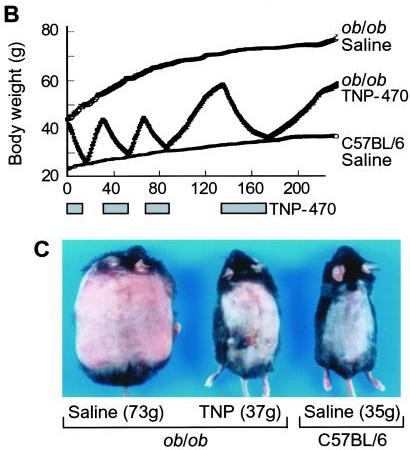
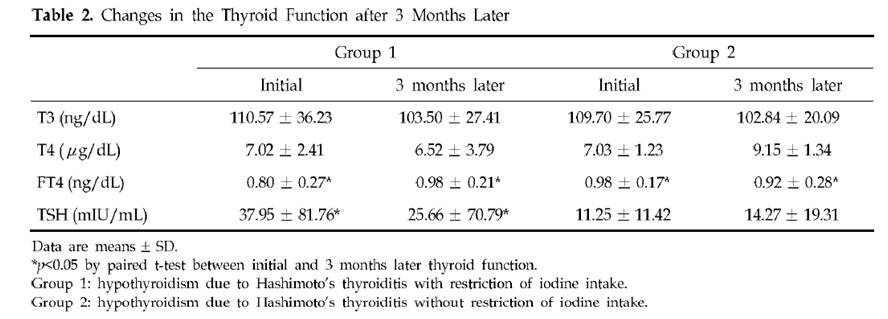
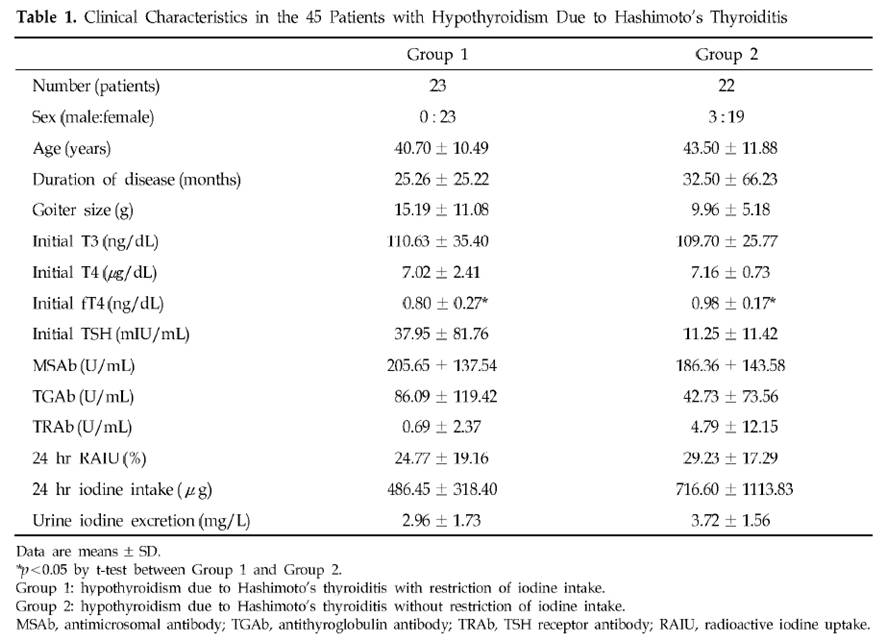
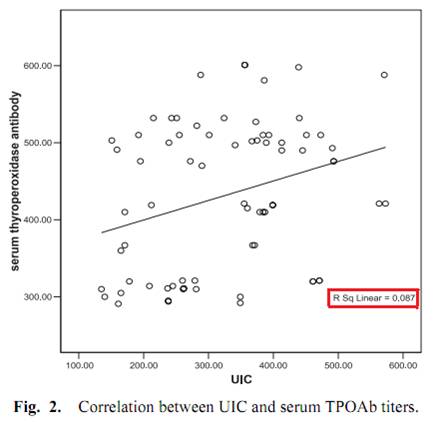
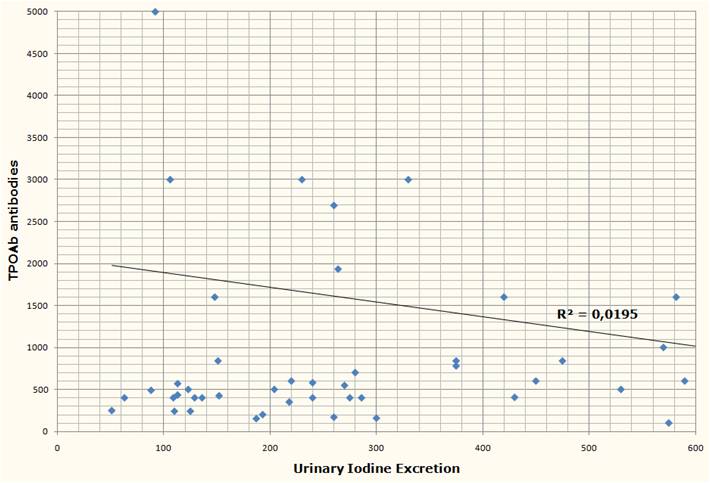


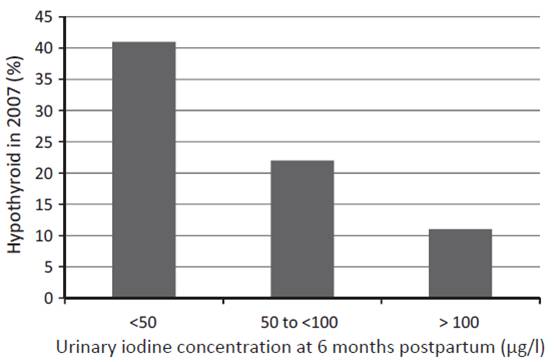
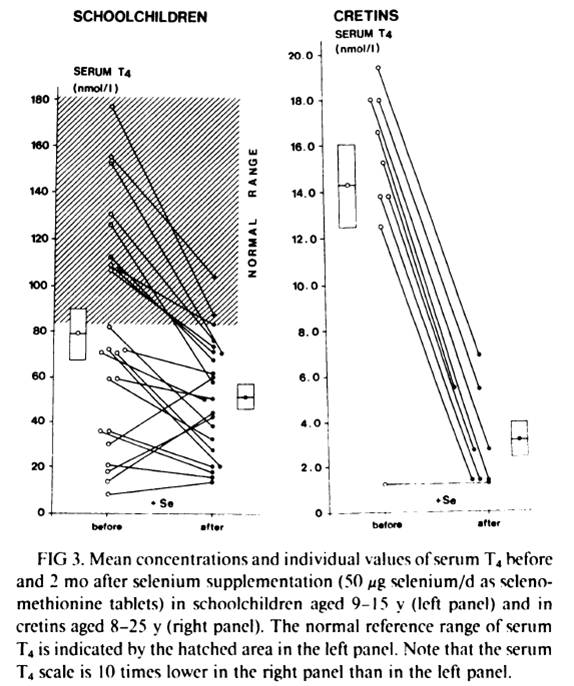

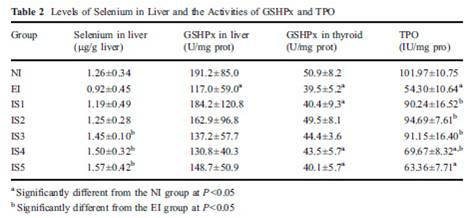
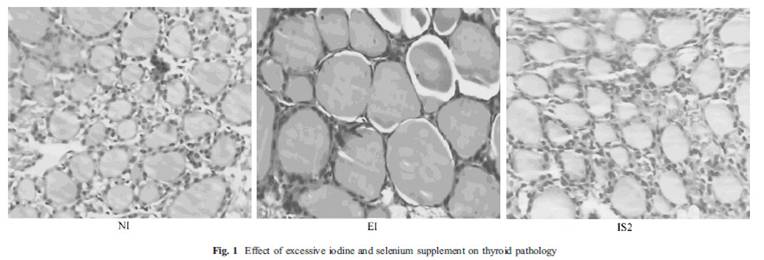

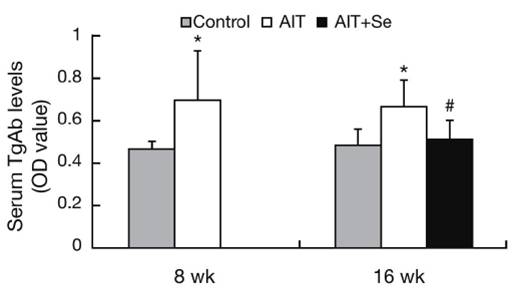
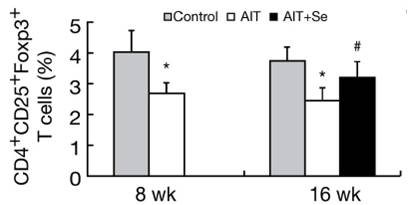

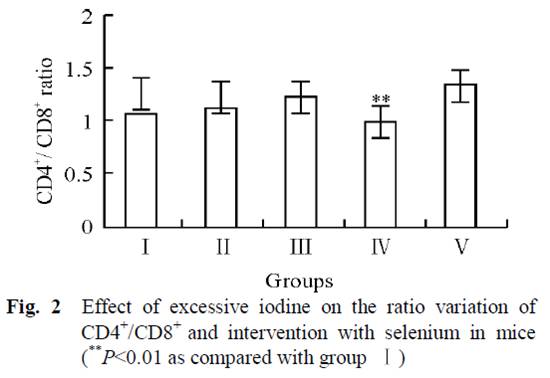
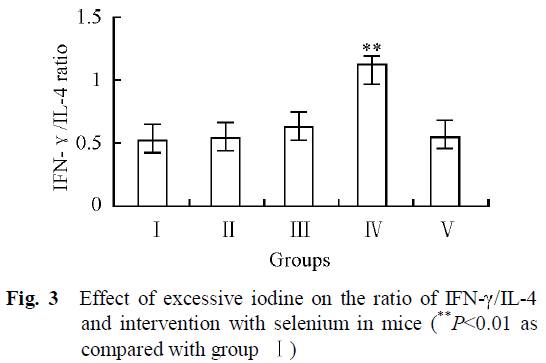




Recent Comments